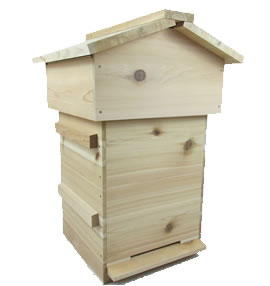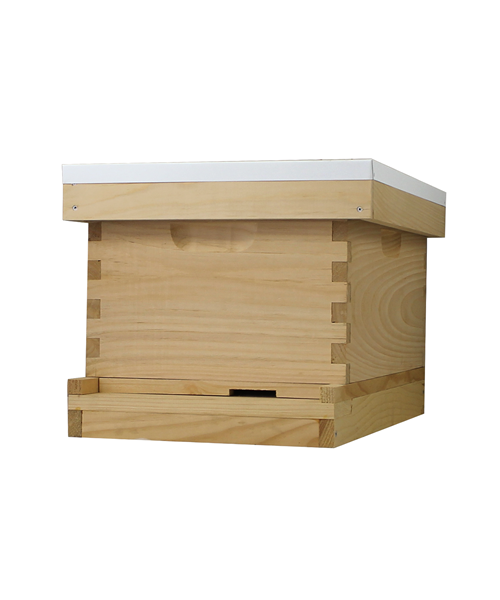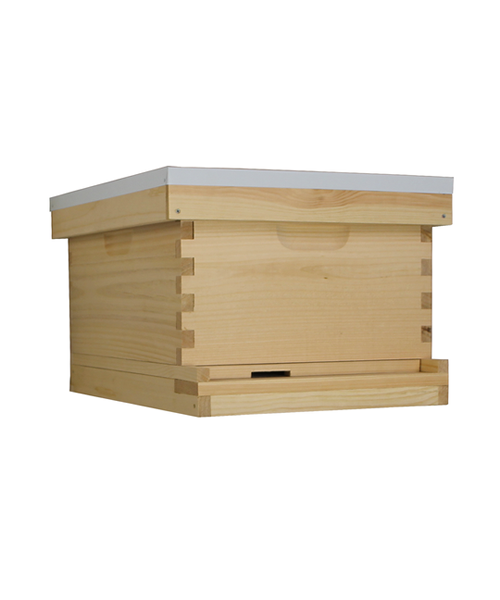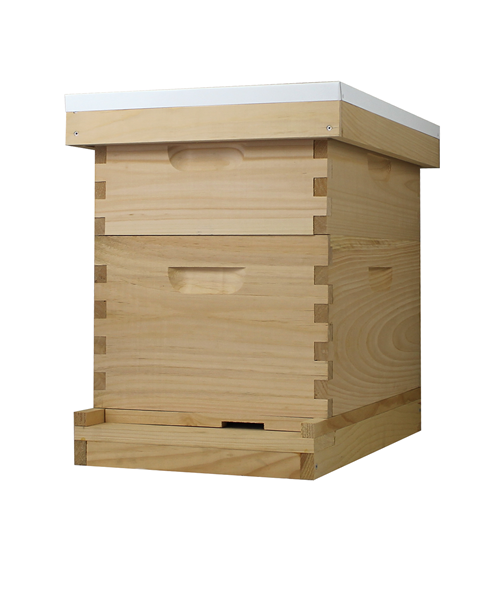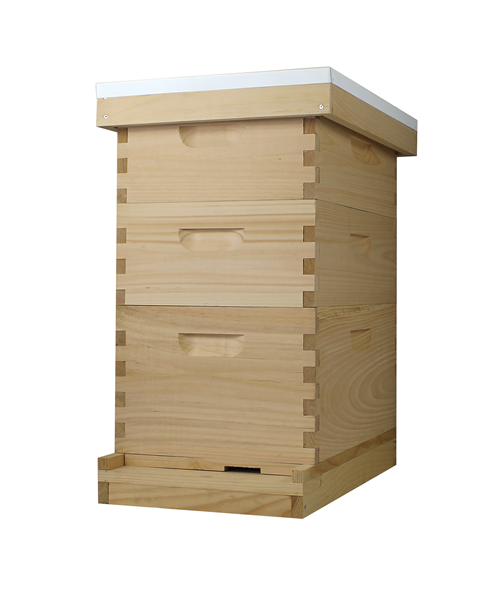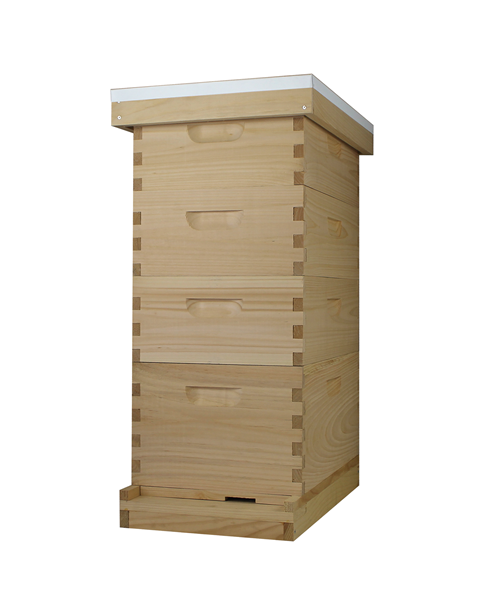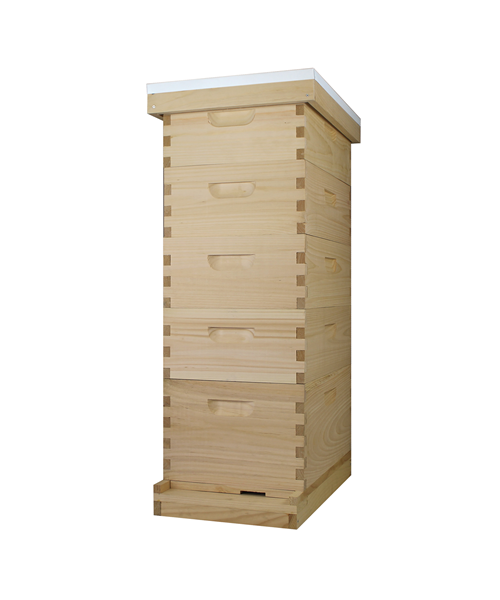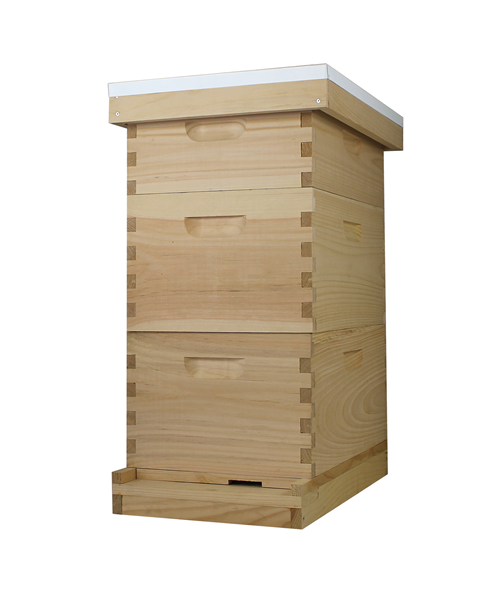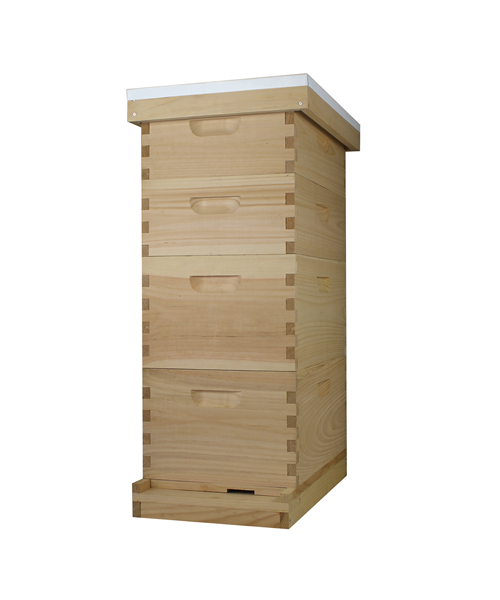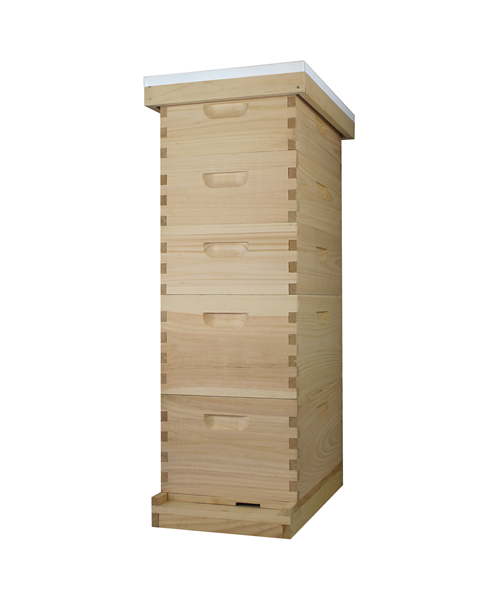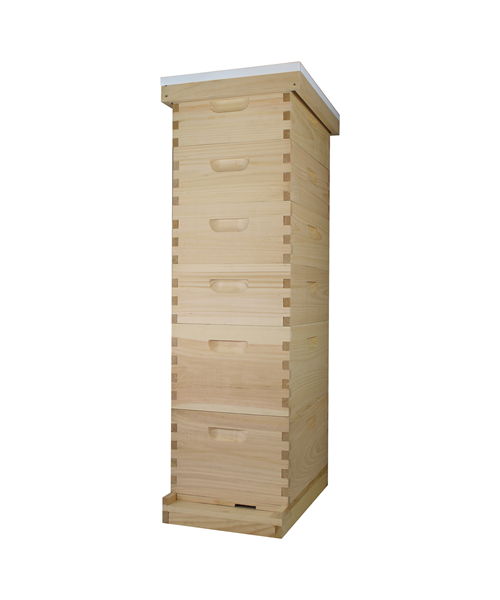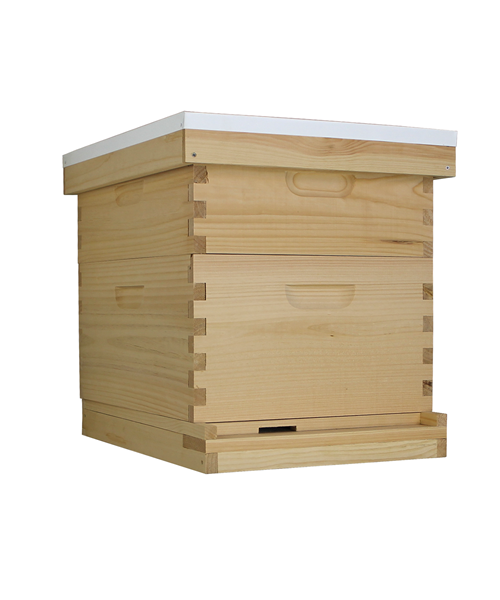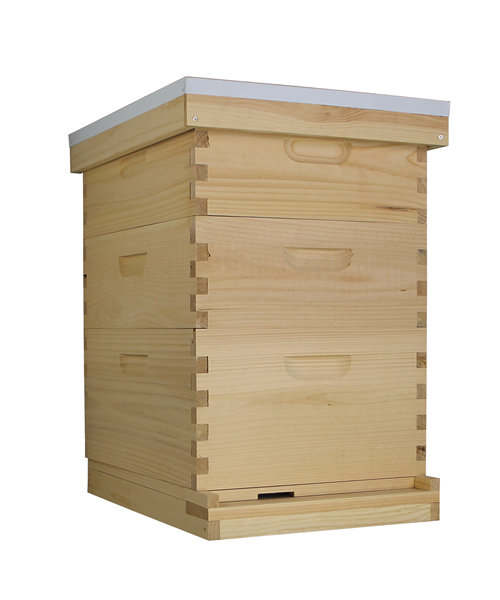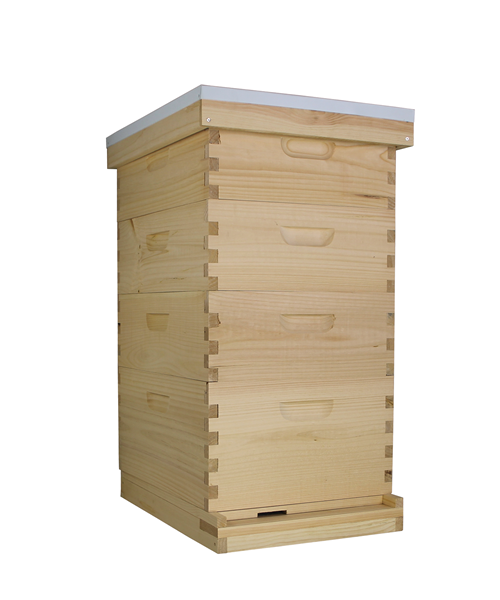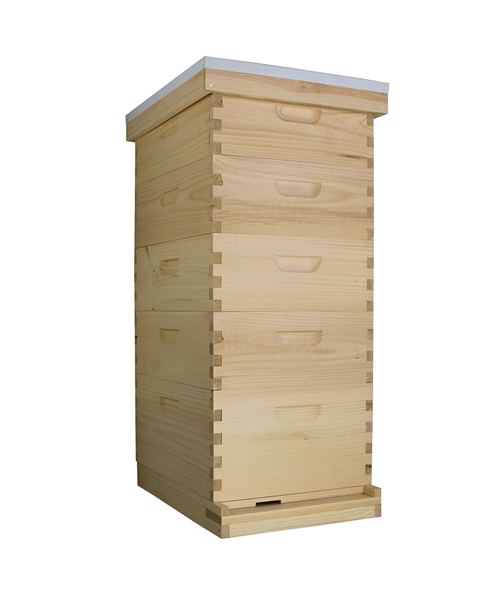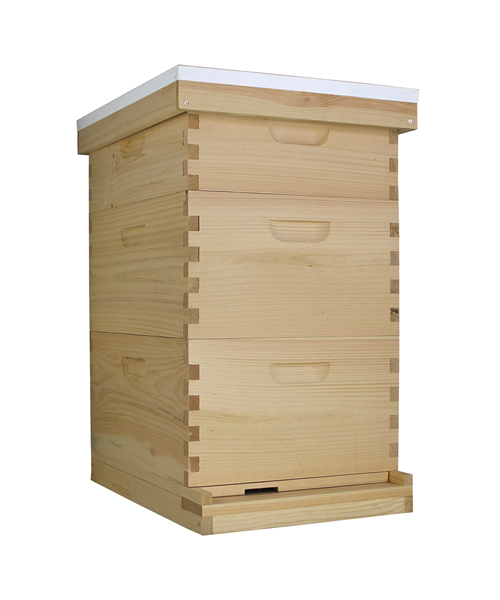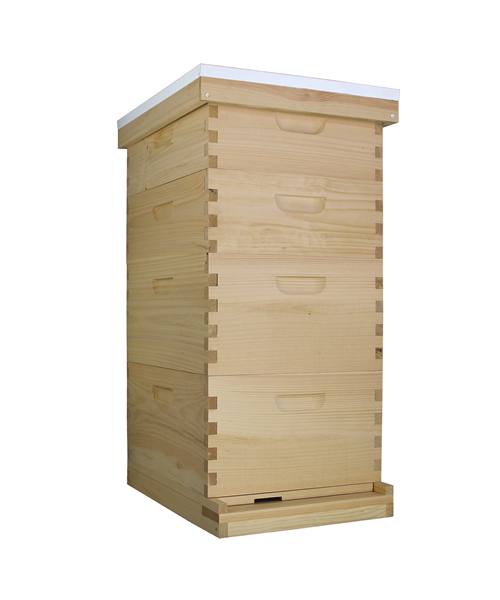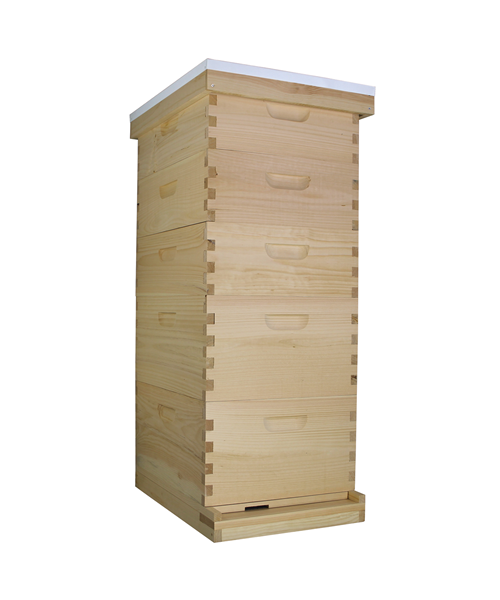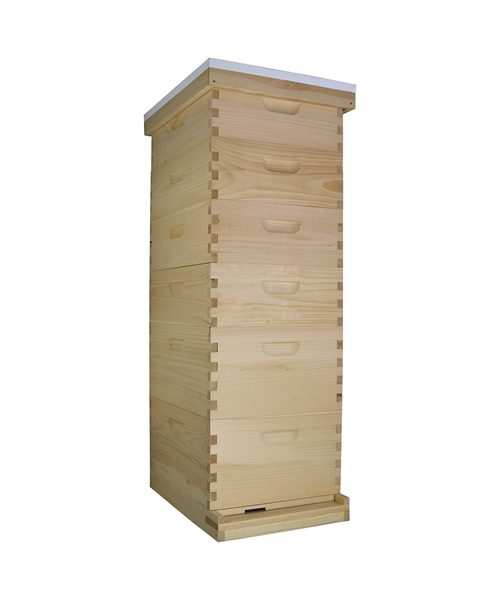Top-Bar Beehive: A Natural and Sustainable Approach to Beekeeping
The top-bar beehive is a simple and practical hive design that offers beekeepers a natural and sustainable approach to beekeeping. With its horizontal layout and top bars instead of frames, the top-bar hive allows bees to build comb in a more natural manner, resulting in healthier colonies and higher quality honey.
Design and Construction
The top-bar hive consists of a long, horizontal box with bars placed across the top to guide comb construction. Unlike traditional Langstroth hives, which use frames with pre-drawn foundation, top-bar hives allow bees to build comb freely from the top bars. The hive is typically constructed from wood and can vary in size depending on the preferences of the beekeeper.
Benefits of Top-Bar Beekeeping
Top-bar beekeeping offers several advantages for both beekeepers and bee colonies:
- Natural Comb Building: The top-bar hive allows bees to build comb according to their natural instincts, resulting in straighter and more uniform comb compared to frames with pre-drawn foundation. This natural comb building process promotes healthier colonies and reduces the risk of diseases and pests.
- Minimal Intervention: Top-bar beekeeping requires less intervention and manipulation compared to traditional hive designs. Beekeepers do not need to inspect individual frames or use specialized equipment for honey extraction. This hands-off approach reduces stress on the bees and allows them to thrive in their natural environment.
- Sustainable Practices: Top-bar beekeeping aligns with sustainable beekeeping practices by minimizing the use of synthetic materials and promoting natural hive management techniques. Beekeepers can use locally sourced materials to construct top-bar hives, reducing the environmental footprint of beekeeping operations.
Challenges of Top-Bar Beekeeping
While top-bar beekeeping offers many benefits, it also presents some challenges for beekeepers:
- Lower Honey Yields: Top-bar hives typically produce less honey compared to traditional Langstroth hives. The horizontal layout of the hive and the absence of pre-drawn foundation can limit honey production, especially in colder climates or during periods of low nectar flow.
- Management Considerations: Managing a top-bar hive requires a different approach compared to conventional hive designs. Beekeepers need to pay close attention to hive ventilation, comb management, and pest control to ensure the health and productivity of the colony.
Conclusion
The top-bar beehive offers beekeepers a natural, sustainable, and bee-friendly approach to beekeeping. With its simple design, minimal intervention, and focus on natural comb building, the top-bar hive has gained popularity among hobbyist beekeepers, backyard gardeners, and proponents of sustainable agriculture. While it may require some adjustments in hive management techniques, top-bar beekeeping rewards beekeepers with healthier colonies, higher quality honey, and a deeper connection to the natural world.


